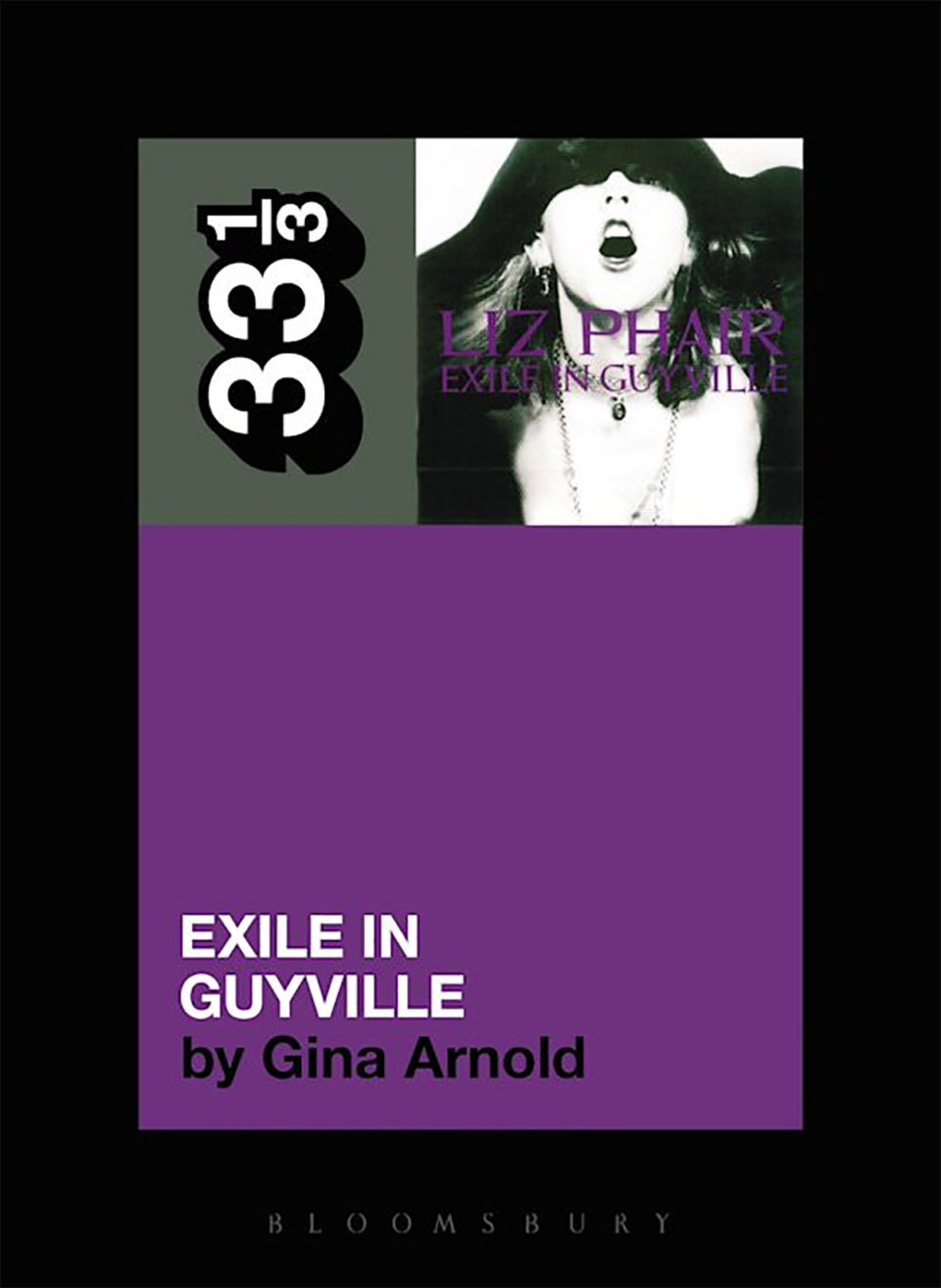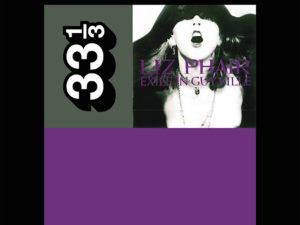By Jillian Mapes
Billboard, October 7, 2014
Grunge had neither broken nor halted by the time 1993 rolled around, undoubtedly greeted by Whitney Houston basking in a Bodyguard afterglow. The year hinted at new trends that did not reveal themselves immediately: the makings of post-Nirvana alternative were alive in Radiohead’s Pablo Honey and Blur’s Modern Life Is Rubbish, the East Coast-West Coast rap feud percolated with new stars (Snoop Doggy Dogg’s Doggystyle, Wu-Tang Clan’s Enter The Wu-Tang (36 Chambers)), and even Eurodance had a hot minute on the Hot 100 thanks to Haddaway’s “What Is Love?” and Ace of Base’s “All That She Wants.” A Tribe Called Quest released another brilliant album, Midnight Marauders, offering an equally political alternative to gangsta rap, while new directions from Depeche Mode and Janet Jackson were met with commercial approval.
Above all, 1993 marked the beginning for a number of female musicians who’d prove to be among the 1990s’ most “important” artists, from Liz Phair to Bikini Kill to Bjork. Meanwhile, PJ Harvey and The Breeders further established themselves as signature voices in alternative music throughout 1993, with classic sophomore albums that lived up to — and even surpassed— the high bar both set with their debuts. Without the works released in 1993, women in rock’n’roll (rather than pop) may be a different story altogether — though at the time, it felt like the boys club was still in full swing.
With their respective new albums in ‘93, Nirvana, Pearl Jam and the Smashing Pumpkins walked the thin line between mainstream success and underground experimentalism with wildly different results. You had Pearl Jam at the top, Nirvana willfully bucking against fame, and the Pumpkins eager for it. Eddie Vedder and co. broke records with Vs. while 1991’s anthem-filled Ten was still racing up the charts. Less interested in following up Nevermind with a “Radio Friendly Unit Shifter,” Nirvana didn’t even sell one-fifth of what Vs. would during In Utero’s opening week the preceding month. The Seattle trio’s abrasive, Steve Albini-produced final album, however, has garnered more critical accolades than Pearl Jam’s entire discography in the two decades since Kurt Cobain’s death. The Pumpkins’ path made more sense in 1993: Siamese Dream was their big coming-out moment — and arguably Billy Corgan’s most fully realized artistic statement to date — but they hadn’t yet commercially peaked (1995’s Mellon Collie and the Infinite Sadness would clinch it).
In pop, Janet, Whitney, Madonna and Mariah held it down for the ladies throughout 1993 and its neighboring years. With a seemingly obvious Alternative Nation narrative dominated by the aforementioned male characters (and a cameo by Cobain’s wife, Hole leader Courtney Love, unappreciated for her talents until ‘94’s Live Through This), the influence of Phair, Bikini Kill, PJ Harvey, The Breeders and Bjork was underplayed at the time. To watch the Pixies’ Kim Deal walk away from one of the beloved alternative bands in the world, win indie success on her own terms with The Breeders’ 1990 debut Pod, and sing lines like “Motherhood means mental freeze” (“No Aloha”) on 1993’s Last Splash was an act of female defiance in itself. That Last Splash would become one of the all-time classic albums of 1990s alternative is simply the icing on the cake.
Phair made the biggest splash in real time, dominating critics’ year-end lists with her Exile in Guyville. The album was marketed as a song-by-song response to the Rolling Stones’ 1972 album, Exile on Main St., only adding to how divisive Guyville was thought to be. In some ways, Phair was the Lena Dunham of her time: a white, privileged, early-twenties woman commenting on life and love after liberal arts college. She chronicled what would now be referred to as mansplaining, blamed herself for partners who fled before dawn, and expressed raw sexual fantasies that felt far realer than Madonna’s Erotica. To this day, Guyville remains a shock to the system of first-time listeners, especially those who aren’t expecting a critique of modern society’s casual misogyny.
Bikini Kill’s debut Pussy Whipped discussed similar themes as Guyville, but in more extreme ways for more radical crowds. In the years to follow, the Olympia group — specifically its leader Kathleen Hanna — would become the face of the Riot Grrrl movement that pushed for feminist ideals in the punk world. Though not obvious to the masses at the time, Pussy Whipped classics like “Rebel Girl” were the work of someone with an unstoppable vision. Hanna’s influence would graduate from underground circles and reach icon status. The same could be said of PJ Harvey in the years following her stunning 1993 sophomore album, Rid of Me, but there are differences in ideology between Harvey, Hanna and Phair, not to mention Bjork and The Breeders. This distinction is key.
The notion that all these distinct female voices could coexist in different corners of the alternative world — defining the female experience to varying degrees of extremity — was powerful, particularly in opposition to grunge’s sausagefest (which is exactly how history has remembered the era). More than that, it was necessary to finally see the gates of indie rock and experimental music overall cracked just slightly for women — a fight that’s still ongoing today.
Featured Image: Liz Phair photographed in 1994. (Tom Maday/The LIFE Images Collection/Getty Images)










